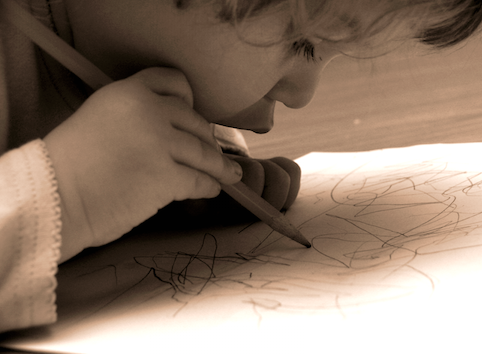How to Give Feedback to a Family Member: A Delicate Balance
Posted by Collaborative Counseling

Giving feedback to a family member can be a tricky task. It’s a delicate balance between honesty and maintaining relationships. But with the right approach, it can lead to stronger bonds and personal growth. Here are some tips to help you navigate this sensitive situation:
Choose the Right Time and Place
- Timing is everything: Avoid giving feedback when someone is stressed, tired, or hungry.
- Privacy is key: Choose a private setting where you won’t be interrupted.
Focus on Behavior, Not Personality
- Be specific: Instead of generalizing, provide concrete examples of the behavior that bothers you.
- Use “I” statements: This helps to avoid blaming and defensiveness. For instance, say “I feel hurt when…” instead of “You always…”.
Express Your Feelings Clearly
- Be honest: Share your genuine feelings without being accusatory.
- Use “and” instead of “but”: This helps to soften the blow. For example, “I appreciate your help with the chores, and I would like to discuss how we can improve our communication about them.”
Listen Actively
- Give them a chance to speak: Allow your family member to share their perspective.
- Empathize: Try to understand their point of view.
Offer Solutions
- Be constructive: Suggest ways to improve the situation.
- Focus on the future: Avoid dwelling on past mistakes.
Maintain Open Communication
- Encourage dialogue: Let your family member know you’re open to further discussion.
- Be patient: Change takes time.
Remember: The goal of giving feedback is to improve the relationship, not to win an argument. Approach the conversation with empathy and a willingness to compromise.
Read More
 View Our Locations
View Our Locations Request Appointment
Request Appointment



